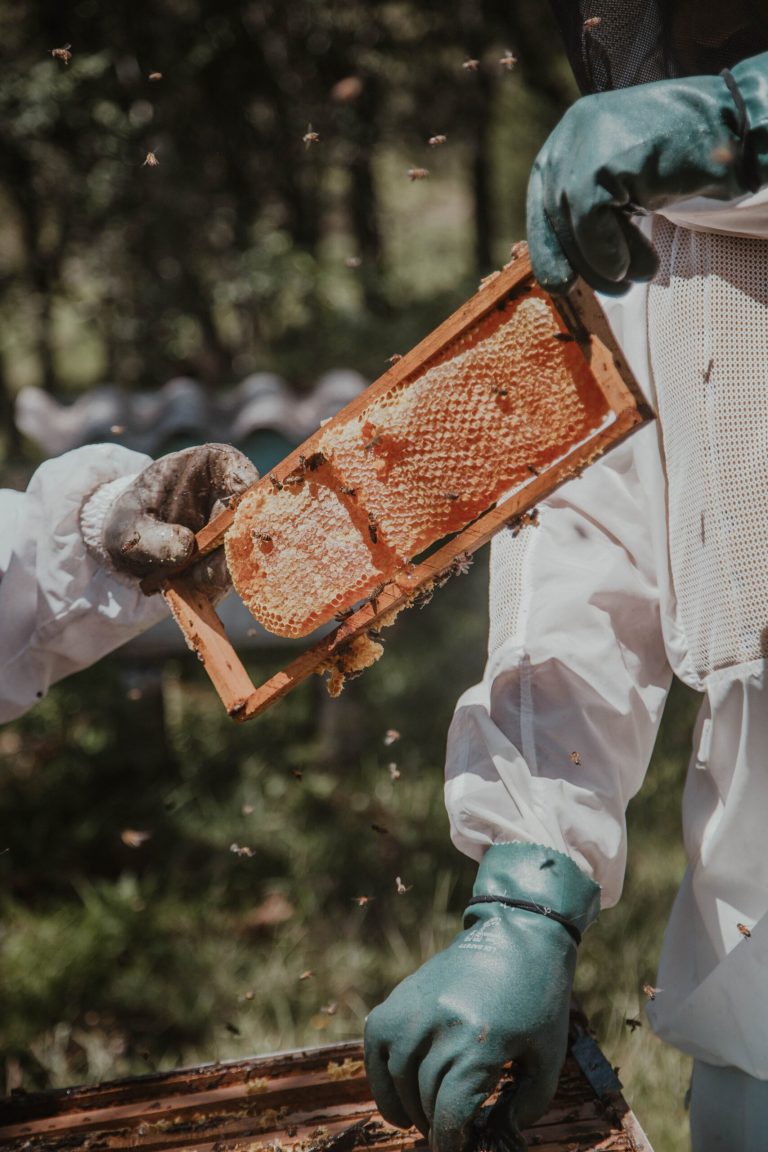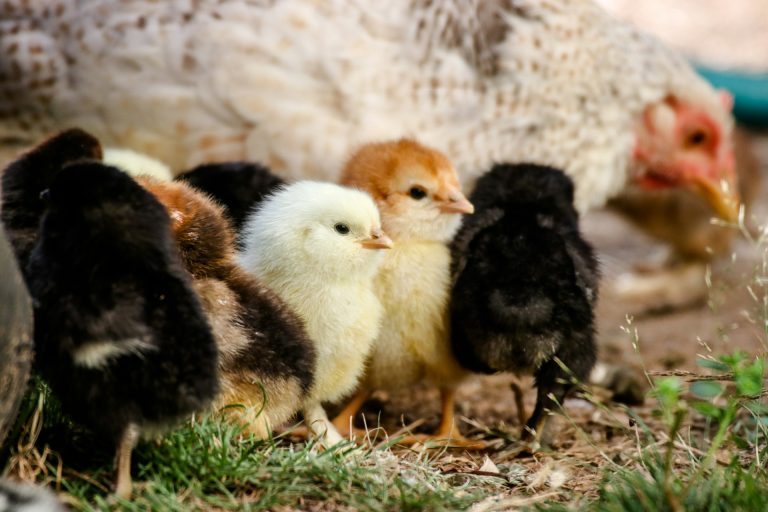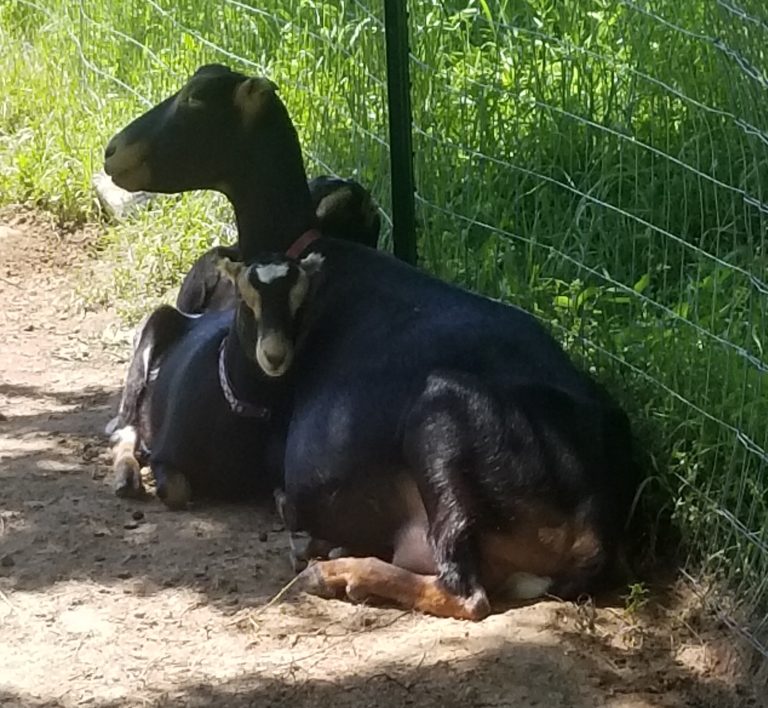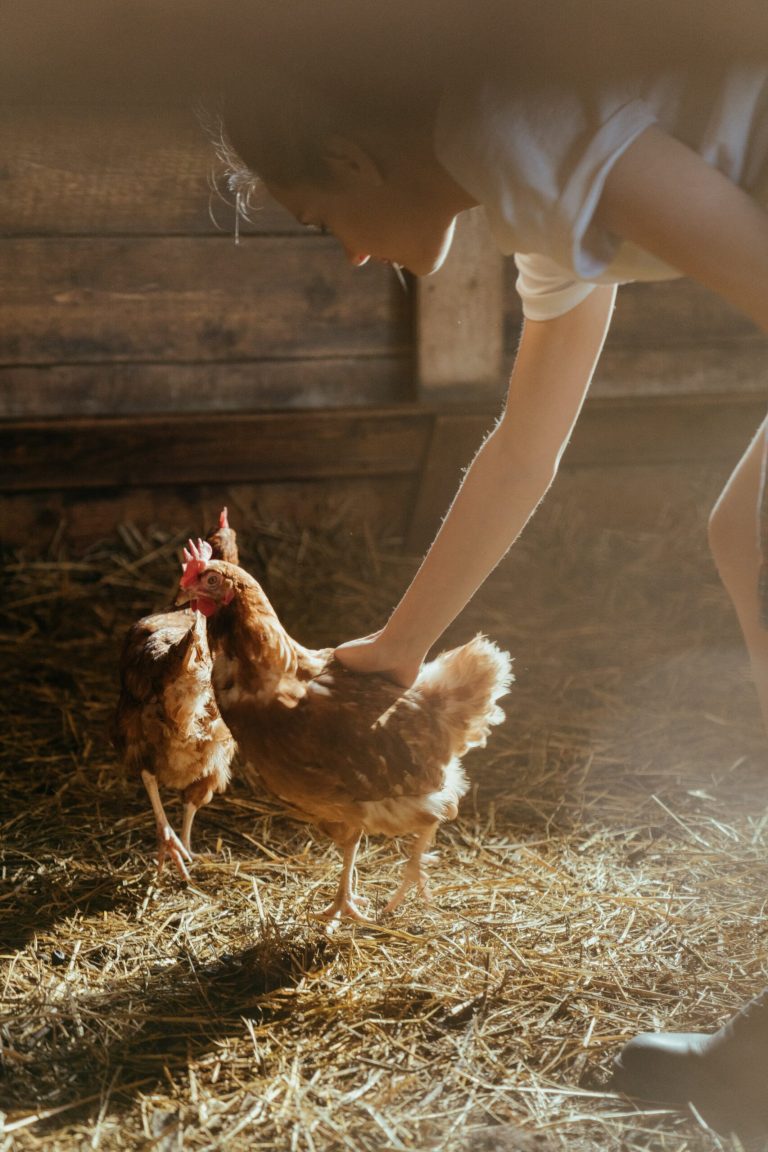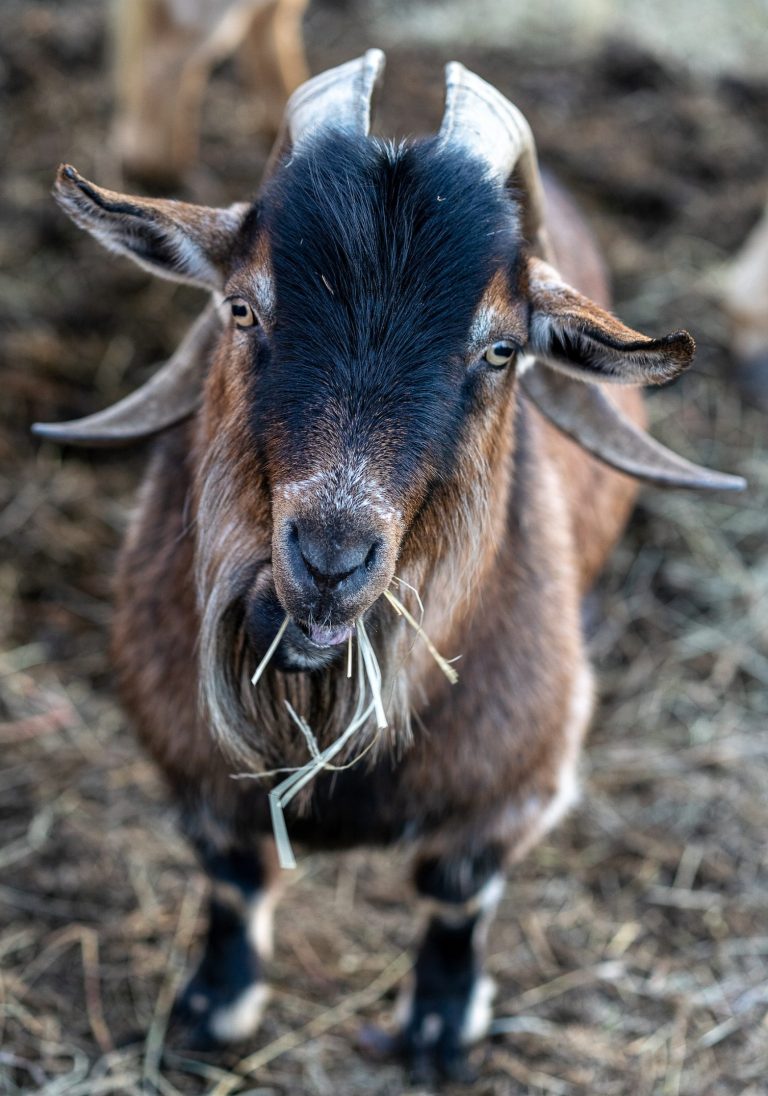Horns or No Horns? Should You Disbud Your Goats
Goats are unique animals that come in many different shapes, sizes, and colors. One of those features is horns. While some goats are born polled(without horn buds) the majority are born with horn buds. Due to breed standards and show rules, meat goat owners prefer to keep their goats’ horns intact and dairy goat owners choose to either have them disbudded or seek out polled lines.
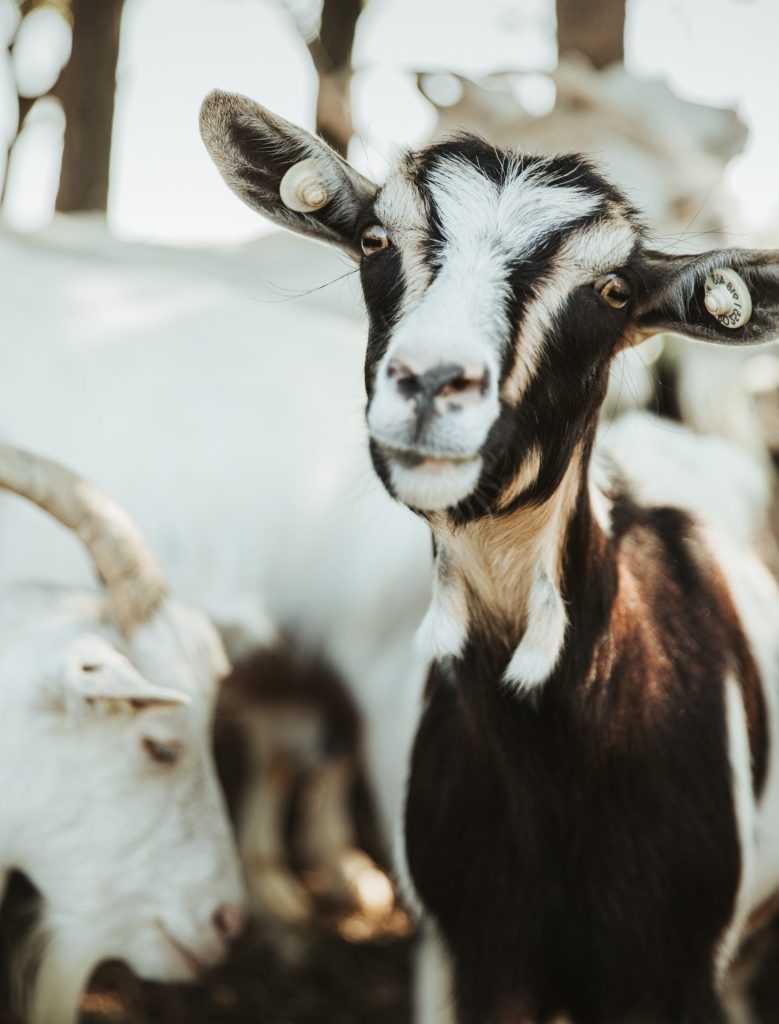
For myself I have had goats both with and without horns and I prefer without. My current goats have all been disbudded as kids. If disbudding is something you absolutely don’t want to do but you still don’t want horned goats then get polled goats and sell any kids that may end up born with horns.
In this article, we will explore the topic of disbudding, including its purpose, pros and cons, ethical considerations, alternatives, and how to make an informed decision for your goats.
Understanding Goat Disbudding
Disbudding is the process of removing the horn buds from young goats, usually performed by using a disbudding iron. The iron is heated and pressed against the horn bud for a specific amount of time, usually a few seconds. This process cauterizes the bud, preventing further horn growth.
Disbudding is typically done within the first few weeks of a goat’s life to prevent the horns from growing. Once the horn buds get to a certain size it isn’t recommended to try disbudding.
It is essential to note that disbudding should only be carried out by experienced individuals who are familiar with the procedure and can do it safely and effectively.
The Process of Disbudding
Disbudding is a delicate procedure that requires precision and care. It is important to ensure that the disbudding iron is heated to the correct temperature to effectively cauterize the horn bud. If the iron is too hot, it can cause excessive damage to the surrounding tissues, leading to pain and potential complications. On the other hand, if the iron is not hot enough or not placed properly, it may not effectively destroy the horn-producing tissue, resulting in regrowth of the horns.
Proper restraint of the kid is crucial during disbudding to prevent any sudden movements that could result in injury to both the goat and the person performing the procedure. Some goat owners prefer to use a disbudding box or a head gate to secure the kid’s head in place, ensuring minimal movement. This helps in achieving accurate and safe disbudding.
Local anesthesia or sedation is often used to minimize discomfort during the disbudding process. This ensures that the kid does not experience unnecessary pain or distress. The anesthesia is administered by a veterinarian or an experienced individual who is trained in the proper dosage and administration techniques. It is important to follow the recommended guidelines for anesthesia to ensure the kid’s safety and well-being.
After the disbudding procedure, it is crucial to closely monitor the kid’s head for any signs of infection or complications. Disbudding creates an open wound on the head, which can be susceptible to bacterial infections. Proper wound care, such as cleaning the area with antiseptic solutions and applying topical antibiotics, may be necessary to prevent infection. Additionally, the kid’s behavior and overall health should be observed to ensure that there are no adverse reactions or complications following the procedure.
It is worth noting that disbudding is a controversial topic within the goat community. Some argue that disbudding is a necessary practice to prevent injuries and maintain herd safety, while others believe that it is an unnecessary and painful procedure. As a goat owner, it is important to research and consider all perspectives before making a decision on whether or not to disbud your goats.
Pros and Cons of Disbudding
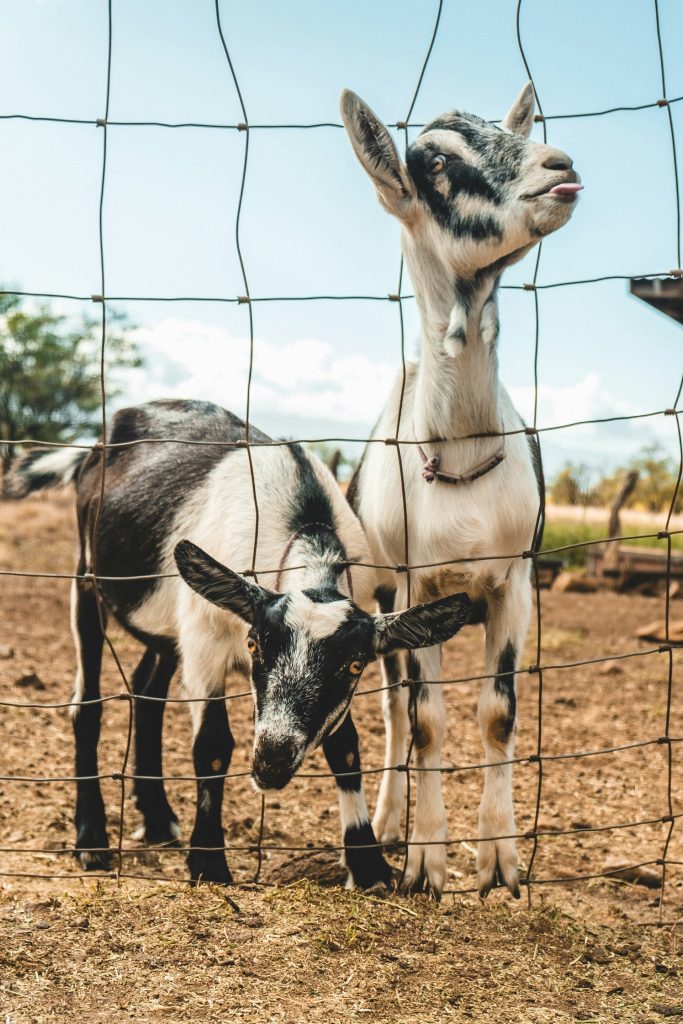
Benefits of Disbudding Your Goats
Disbudding offers several benefits to both goats and their owners. One significant advantage is eliminating the risk of horn-related injuries. Goats with horns can inadvertently injure themselves or other animals during play, feeding, or fighting. For example, when goats engage in headbutting, the presence of horns increases the likelihood of severe injuries, such as lacerations or fractures. Dairy goats in particular have large udders that can be torn open.
In addition to preventing injuries, disbudding also reduces the chances of goats getting their heads stuck in fences or other tight spaces. Horned goats may accidentally insert their horns into small gaps, leading to entrapment and potential harm. By removing the horns through disbudding, this risk is eliminated, ensuring the safety and well-being of the goats.
Furthermore, having no horns can make handling and managing goats easier and safer for both owners and veterinarians. Without horns, goats are less likely to cause harm or injury to their handlers during routine tasks such as milking, hoof trimming, or general health check-ups. This increased ease of handling not only benefits the humans involved but also reduces stress and anxiety for the goats themselves.
Potential Drawbacks of Disbudding
While disbudding can be advantageous, there are also some potential drawbacks to consider. Disbudding is a painful procedure, even with the use of local anesthesia or sedation. The immediate discomfort and stress caused to the kid during disbudding should not be overlooked. It is essential for goat owners to be aware of the pain associated with this procedure and take appropriate measures to minimize the kid’s distress.
Additionally, disbudding must be performed correctly to avoid unnecessary pain, complications, or infections. Improper technique or inadequate sterilization of disbudding equipment can lead to adverse outcomes. It is crucial to follow proper disbudding protocols and consult with a veterinarian or experienced goat owner to ensure the best possible outcome. This includes using appropriate pain management strategies, such as administering analgesics before and after the procedure, to alleviate the kid’s discomfort and promote a smooth recovery.
Furthermore, it is important to consider the long-term effects of disbudding on the goat’s appearance and social dynamics within a herd. Horns play a role in communication and dominance among goats, and removing them through disbudding, leaving them, or mixing horned and dehorned can alter these dynamics. Goat owners should be prepared to manage any changes in behavior or social interactions that may arise as a result of disbudding.
Making the Decision: To Disbud or Not
Factors to Consider
When deciding whether to disbud your goats, various factors should be taken into account. First and foremost is the safety and well-being of both the goats and the humans interacting with them. The intended purpose of your goats, such as whether they will be used for milk production, breeding, or as pets, may also influence your decision. Additionally, the specific characteristics and traits of the goat breed you are working with should be considered, as some breeds are more prone to aggressive or dangerous behavior associated with horns.
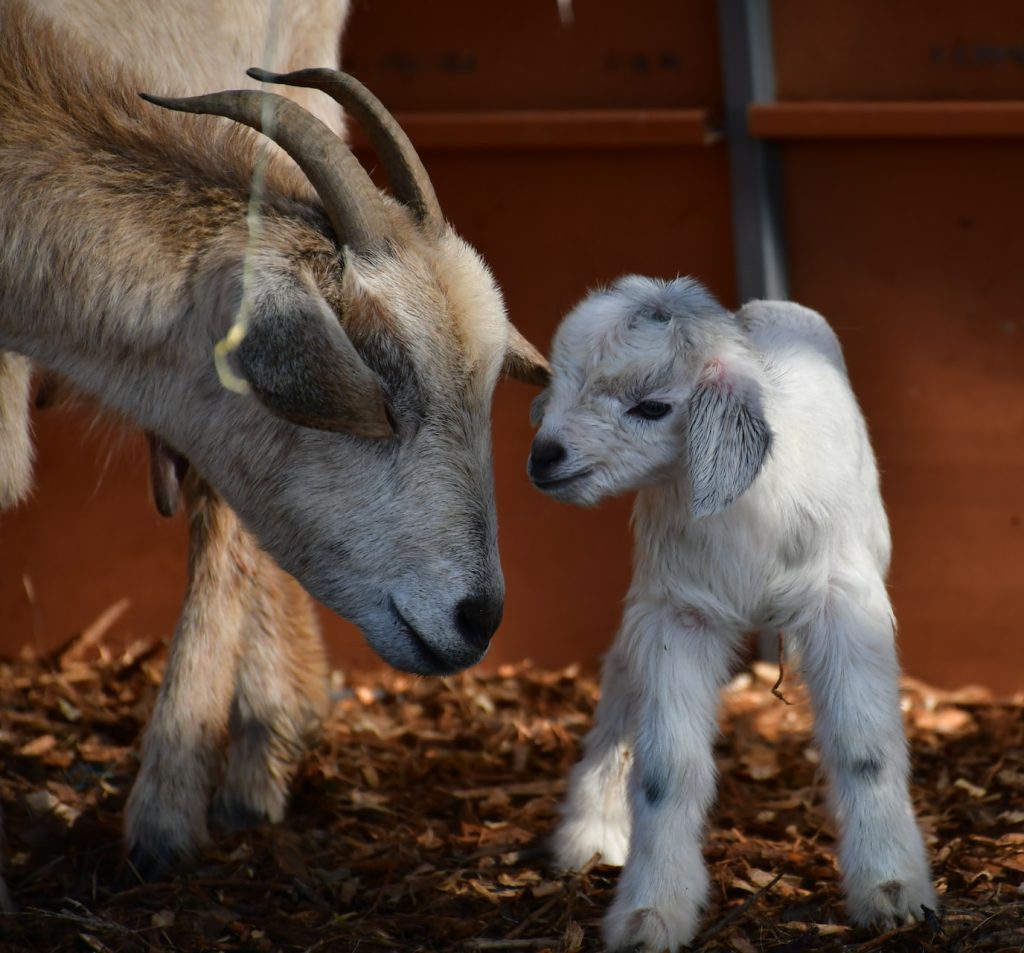
Disbudding offers benefits such as reducing the risk of injuries and facilitating safer handling, but it also presents potential drawbacks and ethical concerns. Consulting with a veterinarian can help you make an informed decision that prioritizes the welfare and safety of your goats while aligning with your personal values as a goat owner.
